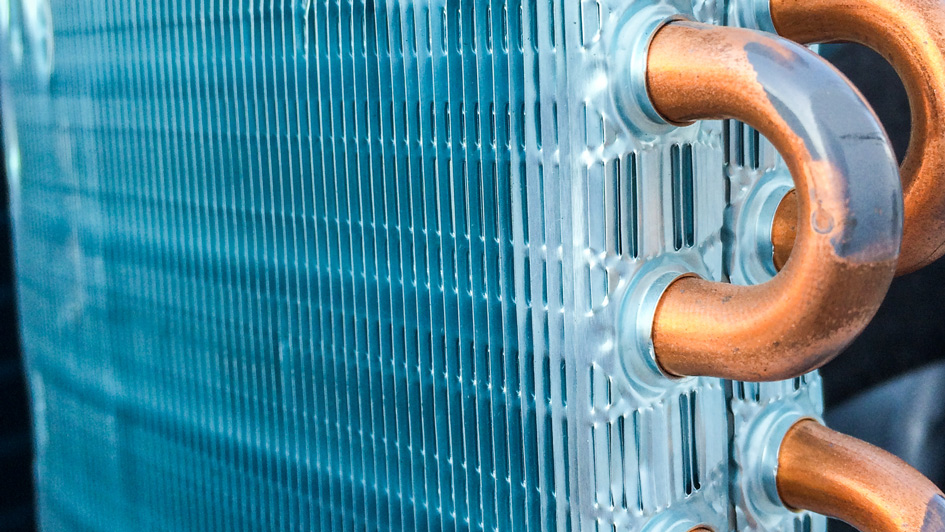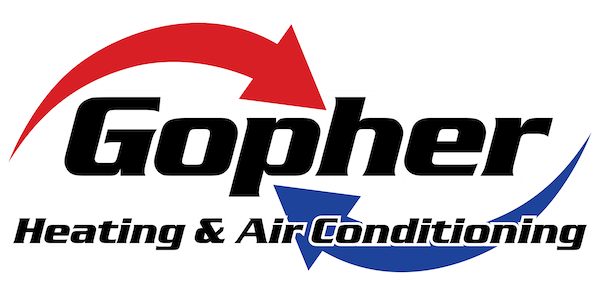
A furnace is almost always a background player for your home, helping keep you warm in the cold winter months. It often won't be noticed until something goes wrong.
One source might be that your furnace has a cracked heat exchanger. It’s a potentially dangerous issue, so it’s worthwhile to know the signs of a cracked heat exchanger and what you can do if you are worried that is the problem.
What Is a Heat Exchanger in a Furnace?
A heat exchanger helps move heat from the combustion chamber in your furnace to the air that flows throughout the system. It typically handles this through coils or tubes that heat up the air while acting as a barrier to keep byproducts created in the combustion chamber, called flue gasses, from getting out into your home.
Is a Cracked Heat Exchanger Dangerous?
Because of its key role, it’s no surprise that a broken heat exchanger can be hazardous. A crack in the heat exchanger can permit dangerous gasses – including carbon monoxide, which can be lethal – to flow across your home.
For obvious reasons, do NOT use your heater if you suspect you're dealing with a cracked heat exchanger, as letting it run could make the whole household sick. Call an HVAC professional immediately if you believe your furnace has a cracked heat exchanger that needs repair.
Four Symptoms of a Cracked Heat Exchanger:
- Furnace switches off: Cracks in the heat exchanger could cause your furnace to turn off.
- Unusual Smells: If the air leaving your furnace has an intense chemical odor, it may be a sign gas is slipping through cracks in your heat exchanger. These gasses, which can smell like formaldehyde, are a significant warning sign.
- Carbon monoxide alarm initiates or you notice health problems: If a cracked heat exchanger is relieving carbon monoxide inside your home, your carbon monoxide alarm could go off or household members could struggle with signs of carbon monoxide poisoning. Complications include headaches, dizziness, weakness, nausea, vomiting or feeling sleepy. If your alarm goes off or you feel unwell, get out of the home right away and then call for help.
- Soot: If you find black sooty accumulating near the exterior of your furnace, it’s another sign something could be seriously wrong.
What You Can Do if Your Furnace Heat Exchanger is Cracked
If you suspect your furnace has a cracked heat exchanger, contact a pro experienced in furnace installation Savage as soon as possible so they can take a look at your system and, if necessary, perform a furnace heat exchanger replacement. Costs should fluctuate depending on the situation, but estimates can roughly suggest $1,000 to $3,000.
Estimates aside, the good news is that heat exchangers are often covered by the warranty. It's a good idea to check the warranty paperwork on your furnace, as while the warranty may not cover the entire cost of repairs, it still may significantly lower your bill.
How to Prevent a Cracked Heat Exchanger in Your Home
One of the most convenient ways to avoid problems in your furnace overall is via regular furnace maintenance. Furnaces offer the most benefits when they work efficiently. Contacting a trained professional to check your furnace for broken-down parts, dirty filters and other common problems can help you avoid getting a big bill later on.
It’s also helpful to review your furnace filters every few months – it’s encouraged some filters be changed every 90 days or sooner if they are dirty or grimy. While the filters are not part of the heat exchanger itself, the strain of drawing air through a clogged filter makes your entire furnace work harder to accomplish its job. And the harder your furnace has to work, the more wear and tear components like the heat exchanger will endure.



